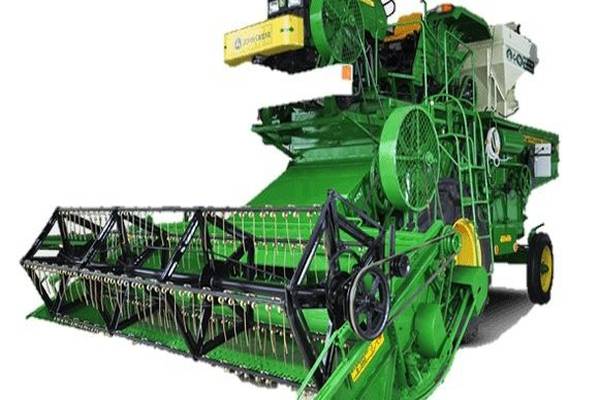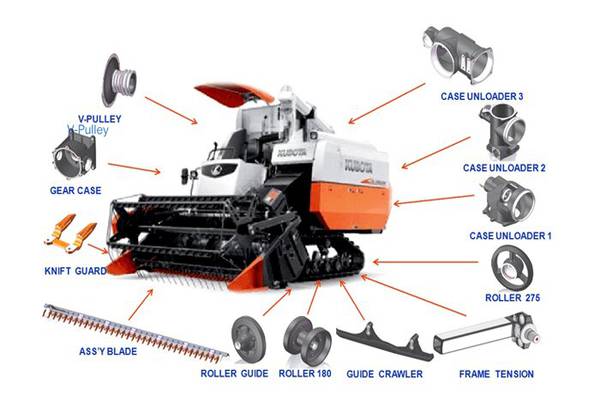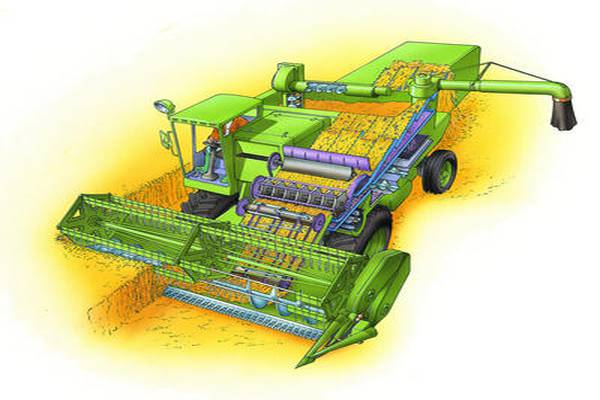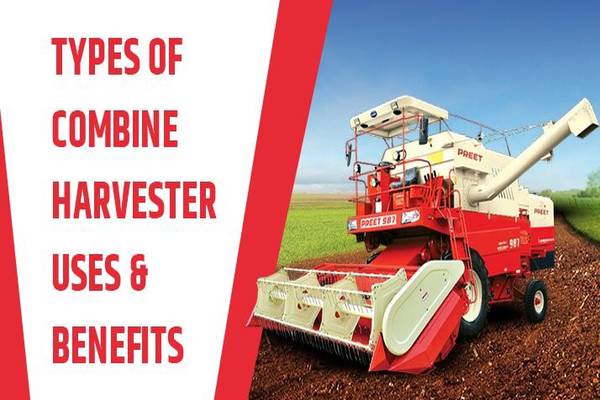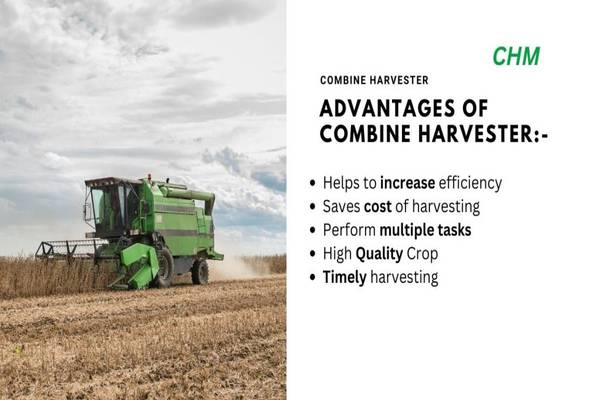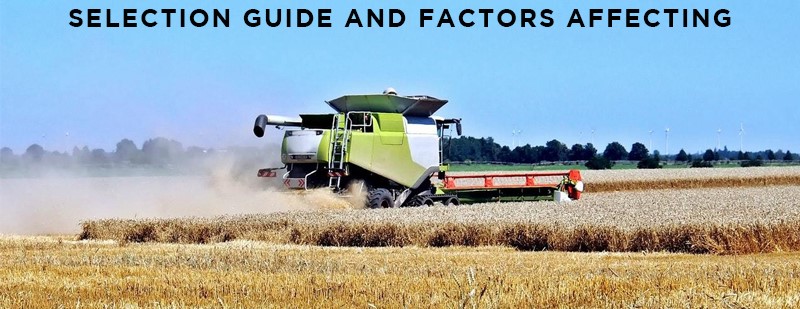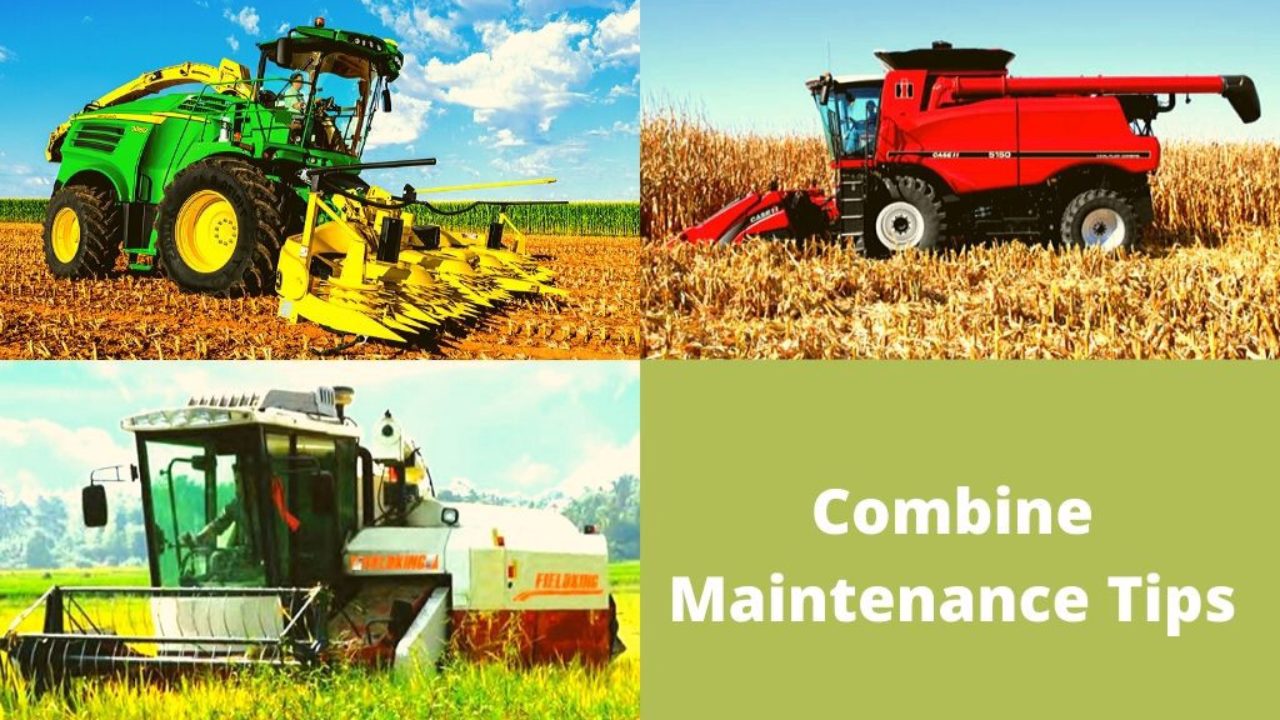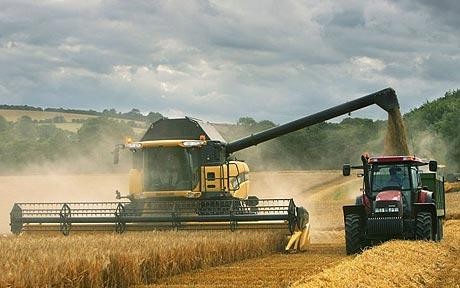Exploring The World Of Combine Harvesters
Drafted by: vijaychourey26@gmail.com
Agriculture has come a long way since its humble beginnings, with continuous advancements aimed at increasing productivity and streamlining processes. One such game-changer is the combine harvester, a multifunctional agricultural machine that integrates several vital processes into one efficient unit.
The Evolution of Harvesting:
Throughout history, harvesting crops was a labor-intensive task, requiring the collective efforts of many hands. From the use of sickles to horse-drawn reapers, each advancement aimed to make the process less arduous. However, it was the industrial revolution that paved the way for the creation of the modern combine harvester.
Enter the Combine Harvester:
A combine harvester, often referred to as a "combine," is an all-in-one machine designed to harvest, thresh, and clean grain crops such as wheat, corn, and barley. Its invention marked a turning point in agricultural history, significantly reducing the manual labor required for harvesting.
Components Of A Combine Harvester
The Cutting Mechanism
At the heart of every combine is its cutting mechanism, which is responsible for gathering the standing crop and feeding it into the machine.
Threshing Unit
The threshing unit within the combine is where the magic happens – it separates the edible grain from the inedible chaff.
Separation System
Once threshed, the grain undergoes a separation process to remove any remaining debris.
Cleaning Mechanism
In the cleaning mechanism, the grain is further refined as it's sifted to remove smaller impurities.
Grain Tank
The harvested and cleaned grain is stored in a grain tank onboard the combine.
How Combine Harvesters Work
Cutting and Gathering
When in operation, the combine's header cuts the crop and guides it to the threshing unit.
Threshing and Separation
Within the threshing unit, the grain is separated from the stalks and husks, ensuring only the valuable grain is retained.
Cleaning and Grain Storage
The grain undergoes cleaning processes and is then stored in the grain tank for later transport.
Types Of Combine Harvesters
Self-Propelled Combine Harvesters
Self-propelled combine harvesters are the most common type and are equipped with their power source. They offer exceptional mobility and can cover vast areas quickly. These machines are versatile and suitable for various crop types, making them a staple in modern agriculture.
Tractor-Pulled Combine Harvesters
Tractor-pulled combine harvesters, as the name suggests, are towed by tractors. While they may not be as maneuverable as self-propelled models, they offer a cost-effective solution for smaller farms or those with budget constraints.
Specialty Combine Harvesters
Specialty combine harvesters are designed for specific crops or conditions. For instance, rice combine harvesters are tailored to work in flooded rice fields, while grape harvesters delicately pick grapes without damaging the vines. These specialized machines are a testament to the adaptability of modern farming technology.
Mini Combine Harvesters
Mini combine harvesters are compact versions that are ideal for small-scale or hobbyist farmers. They offer the convenience of a combine harvester on a smaller scale and are perfect for harvesting niche crops.
Advantages Of Using Combine Harvesters
The adoption of combine harvesters brings forth a multitude of advantages for farmers. Firstly, these machines significantly reduce labor requirements, freeing up valuable human resources. Moreover, combine harvesters operate at impressive speeds, allowing for swift and timely harvesting. This, in turn, reduces the risk of crop losses due to weather conditions.
Challenges And Considerations
Size and Accessibility
The substantial size of combine harvesters can pose challenges in terms of maneuverability and transportation.
Maintenance and Costs
Regular maintenance is crucial to keep combine harvesters in optimal working condition, and their initial costs can be substantial.
Factors To Consider When Choosing A Combine Harvester
Choosing the right combine harvester depends on various factors, such as the type of crops grown, field size, budget, and terrain conditions. It's essential to select a machine that aligns with your specific needs to ensure optimal performance.
Maintenance And Care Of Combine Harvesters
Proper maintenance is crucial to extend the lifespan and efficiency of your combine harvester. Regular cleaning, lubrication, and inspection of key components can prevent breakdowns during critical harvesting periods.
Future Trends In Combine Harvester Technology
The field of agricultural machinery is constantly evolving, and combine harvesters are no exception. Future trends may include enhanced automation, precision agriculture integration, and environmentally friendly technologies to reduce the ecological footprint of these machines.
